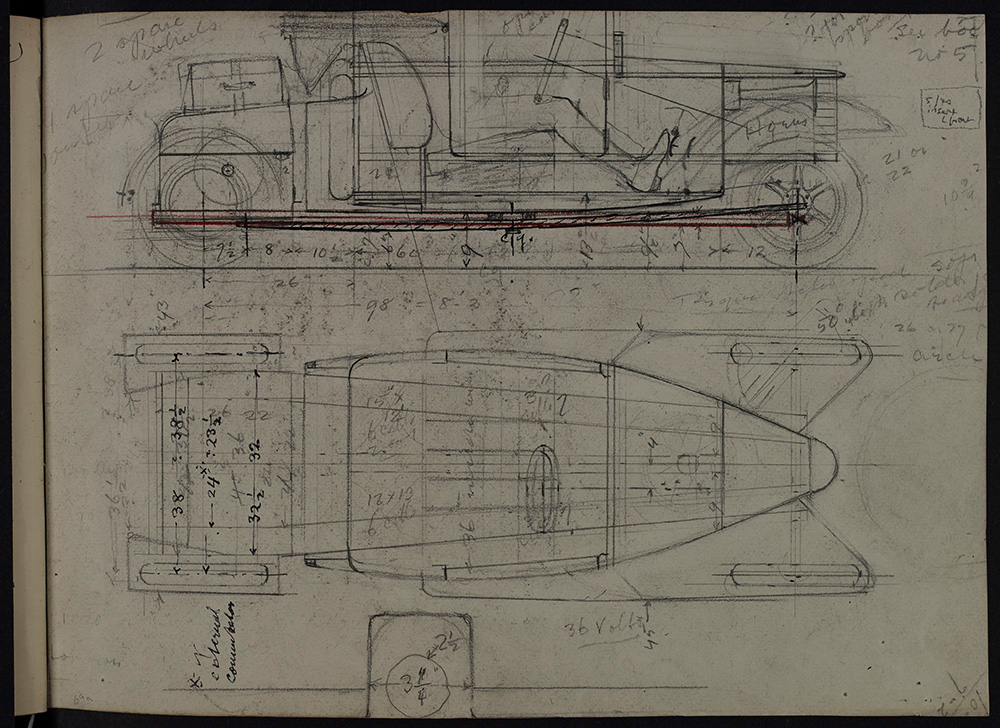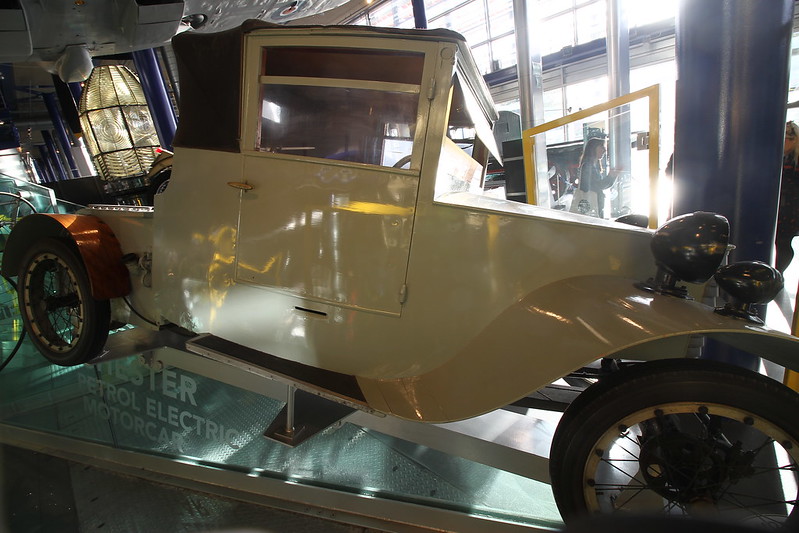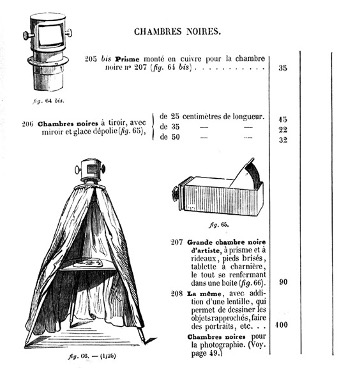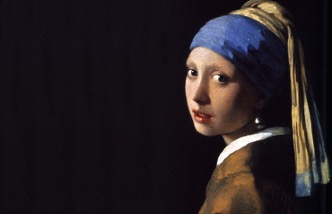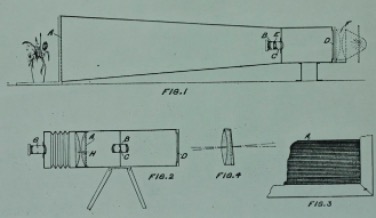Welcome to another inspiring Lanchester SketchClub.
We’re continuing online as winter approaches, but we hope to be able to resume the SketchClub in our public space soon. As always, you can share images of your creative work on our social media, for example, on our Twitter using the #CovSketchbook or tag us @lanchester_ia or via our Facebook page.
The SketchClub is a monthly space and time to be creative, drawing, painting or making work related to a different Lanchester – inspired theme. On the last Wednesday of every month a new theme is revealed. This month our theme is – Advertising!
The short video and pictures below will hopefully provide some inspiration and feel free to delve into the archives for some inspiration. You can also download the full text and images on our worksheet.
https://www.youtube.com/watch?v=V-U6gk_bW-0
Advertising
Advertising in its various forms has been around for thousands of years. The Egyptians used papyrus to advertise goods and services.In ancient Rome and other parts of the ancient world mosaics, pictures on signs or walls were used by businesses to advertise their wares. This is a bronze plate for printing an advertisement for the Liu family needle shop at Jinan.
During the Song dynasty in China which spaned 960–1279. It is considered the world’s earliest identified printed advertising medium.

Bronze plate for printing an advertisement for the Liu family needle shop at Jinan
Is your product hot?
Branding in one form or another has been around for centuries. Early forms date back to ancient Egypt around 2,700 BCE. Among the ancient Romans, the symbols used for brands were sometimes chosen as part of a magic spell aimed at protecting animals from harm. It was also a useful way to protect your ‘stock’.
The word brand comes from the old Norse ‘brandr’, meaning to burn, and from these origins made its way into Anglo-Saxon countries and adopted the meaning of “to be hot”.
In more modern times this practice has grown in complexity and, as with Hallmarks on precious metals jewellery, stamped or embossed pottery marks, the cattle brands of the US particularly have evolved to a complex way to identify the Ranch owners cattle. You can see the complex variety of marks in this Texas Cattle Brands Poster:

Texas Cattle Brands
Patents & Copyright
The first law regulating copyright in Britain dates back to Queen Anne in 1710.
Lanchester began registering patents of his inventions in 1888 at the age of just 20.
He went on to apply for hundreds during his lifetime.
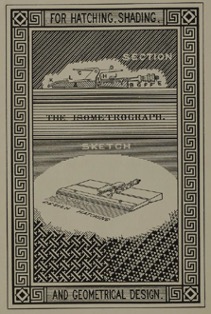
Fred’s Isometrograph patent from 1888
Pub signs
From the 14th century English law compelled innkeepers to exhibit signs.

The Old Windmill Coventry
Hoardings & billboards
250 years ago Astley’s Amphitheatre of Equestrian Arts used posters and handbills to promote their performances.

Woodcut illustrations helped attract those who couldn’t read to come to the spectacle.
Lanchester lifestyle
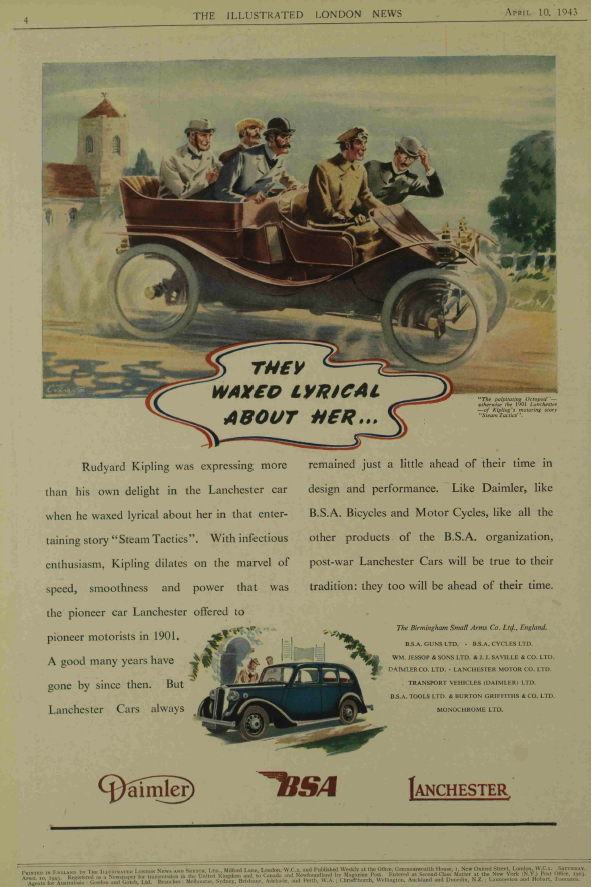
Rudyard Kipling Lanchester advert

Post-war Lanchester advert
Lenticular lenses
Lenticular printing is a technology in which lenticular lenses (a technology that is also used for 3D displays) are used to produce printed images with an illusion of depth, or the ability to change or move as the image is viewed from different angles. Examples of lenticular printing include flip and animation effects such as winking eyes, and modern advertising graphics that change their message depending on the viewing angle.

How lenticular lenses work

Lenticular lens example

Fred’s advertising patent from 1899
Get creative!
Why not have a go at designing your own Logo, Tag or Brandmark. Look around at how shops and product near you are advertised using posters or street signs.
Try making your own optical illusion image similar to “Superduperperspective” by Patrick Hughes which can be found at Birmingham Art Gallery. Here’s a video of it in action. https://www.birminghammail.co.uk/whats-on/family-kids-news/video-flat-oil-painting-blow-16220895
Design your own hanging sign similar to the ones found outside Pubs and Inns. Or how about making your own Lenticular image? A great introduction to this can be found online
Feel free to delve into the archives for some inspiration or download the worksheet.
We look forward to sharing your artwork online on Twitter using the #CovSketchbook or tag us @lanchester_ia or via our Facebook page.
]]>

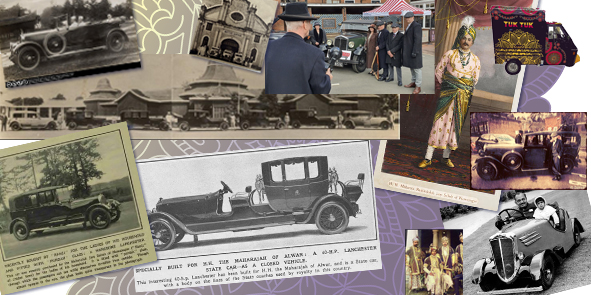
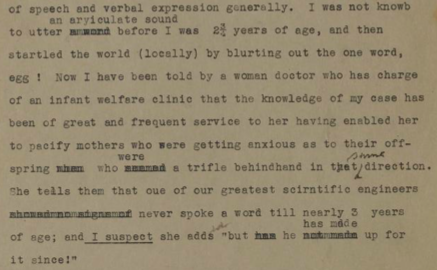
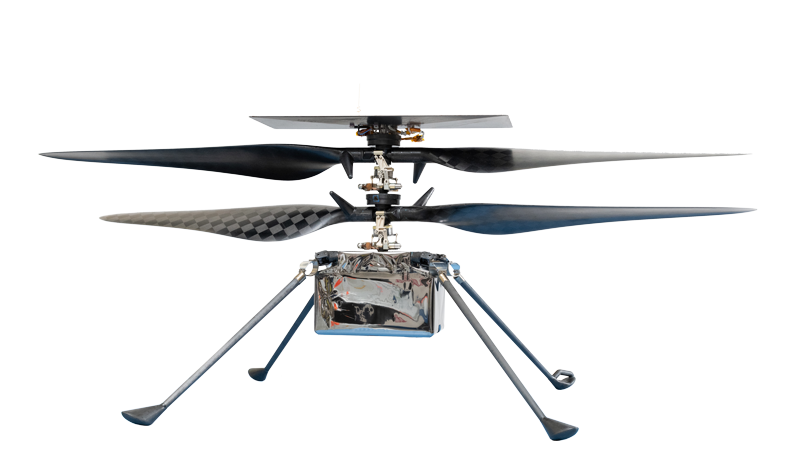
 The chosen design is fascinating as it echoes one that Fred Lanchester proposed and patented in 1907. In the
The chosen design is fascinating as it echoes one that Fred Lanchester proposed and patented in 1907. In the 
















